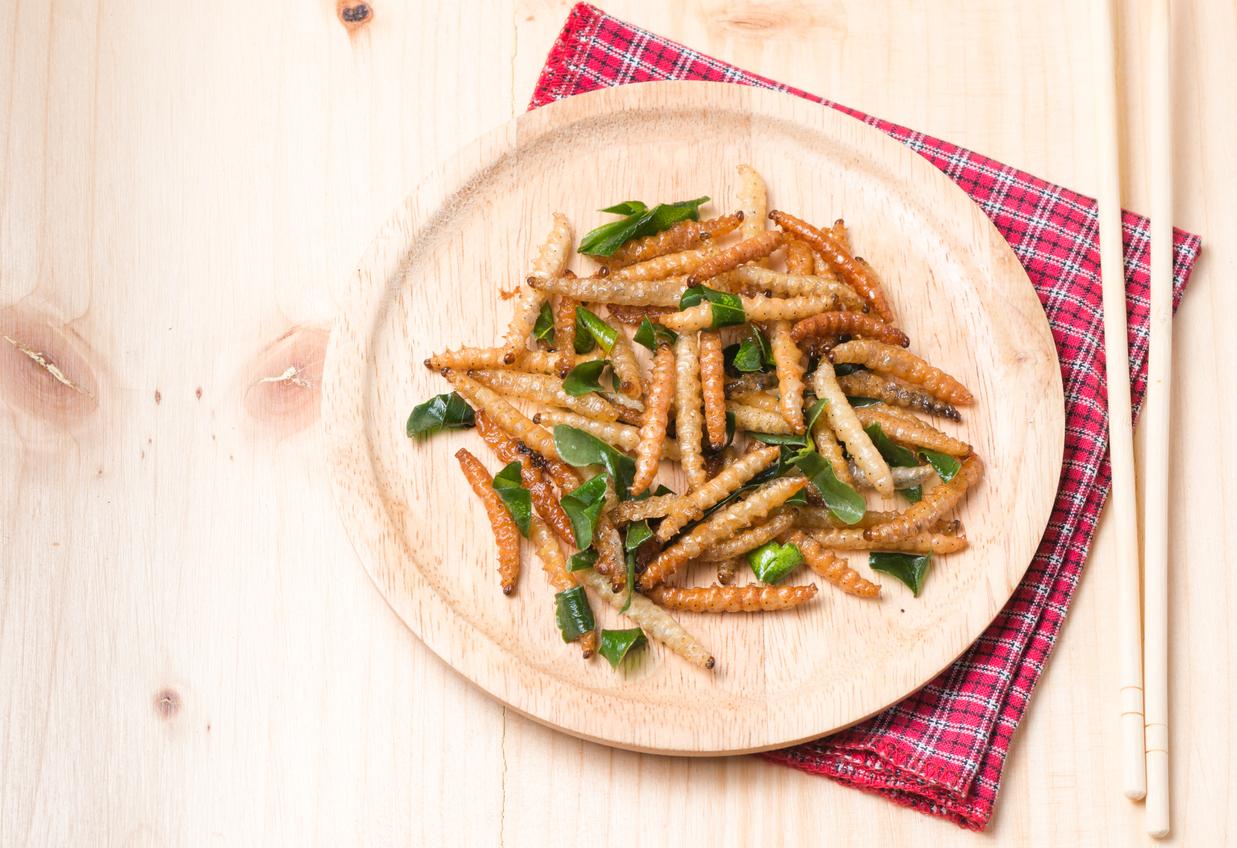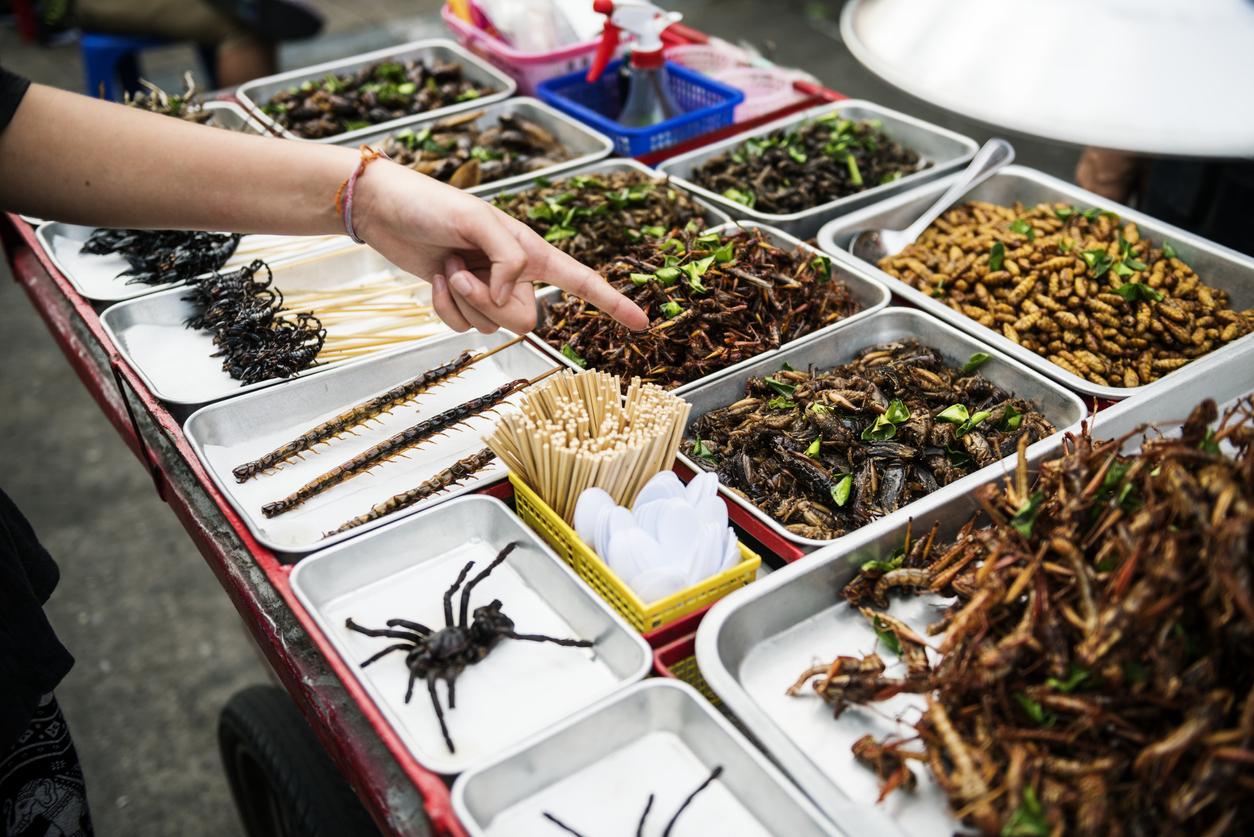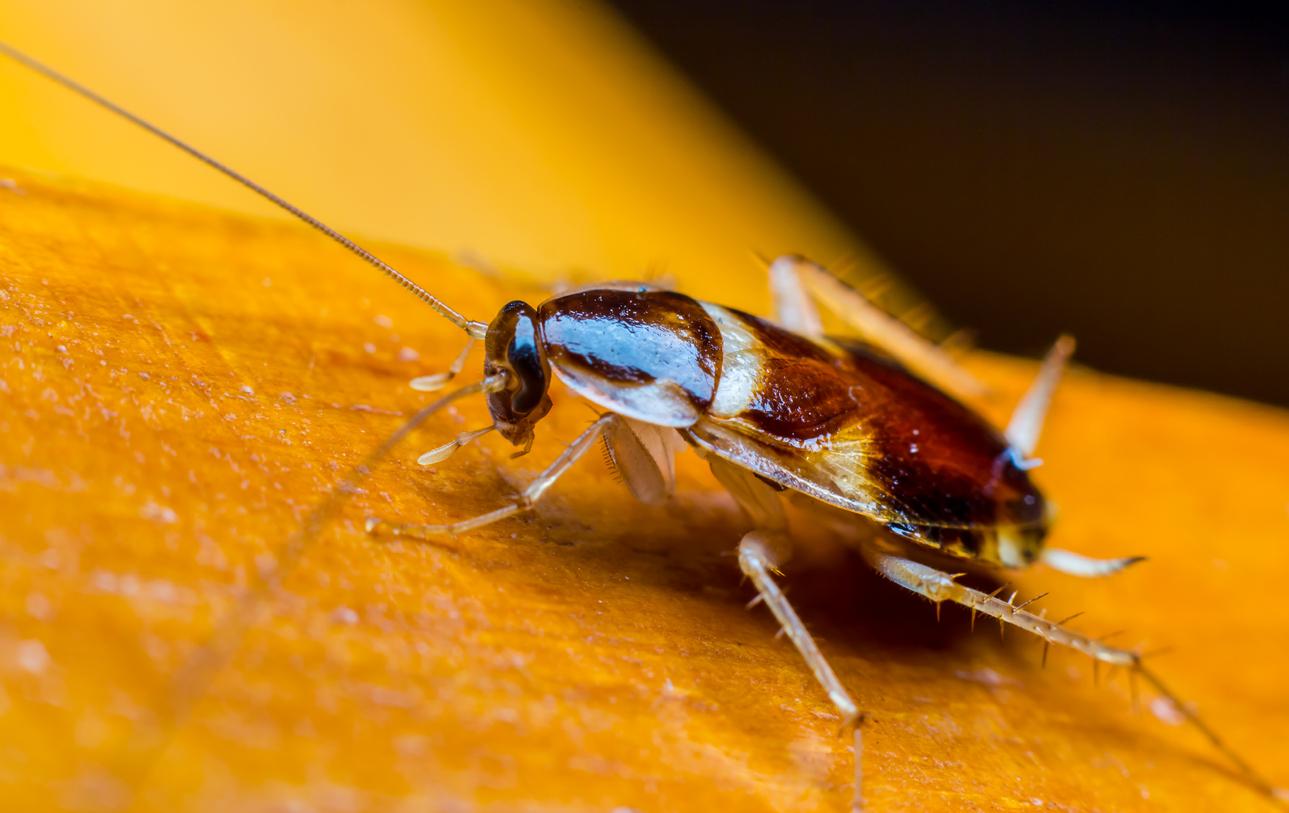
Bed bug: an unwelcome parasite
It sounds like an exciting movie: ‘He had disappeared from Europe; but now it’s making a comeback! He hides in beds or behind the wallpaper and waits for you to sleep to strike. The… bed bugs’. However, there is nothing exciting about this blood-sucking parasite.
Bed bugs are blood-sucking parasites that are half a centimeter in size that spend more than a year doing two things: sucking human blood and laying eggs. And logically only the female bed bug does the latter. But big: Mrs. Bedbugs lays one to twelve eggs a day.
snout
A bed bug (also called bedbug) has a razor-sharp snout with which it can effortlessly pierce human skin to suck blood. In order not to betray itself, the bed bug simultaneously injects narcotic substances. After 10 to 15 minutes of sucking, the result is a swollen (because fully fed) bed bug that temporarily has a redder color, where it is normally more reddish brown. And wounds and itchy humps for his human sacrifice.
To cure
The wounds that arise after a sting usually heal quickly. It is annoying that skin infections can occur or scars left behind when the bumps are scratched open. In addition, the insects can cause psychological damage: fear of being bitten; but also shame because the presence of the leeches could be seen as a result of poor hygiene, however unjustified that may be.
Diseases
Fortunately, the bed bug cannot transmit diseases, unlike other blood-sucking insects like mosquitoes and fleas. In principle, they can prick anywhere, but the legs are the preferred workplace.
Where are they?
The bed bug gets its name from its preferred habitat: the bedroom from the human. There he can quietly wait for his food to go to sleep. Although they can travel great distances, bed bugs prefer to sit in the seams of a mattress, behind paintings or posters, in cracks in skirting boards, folds in bedding, behind wallpaper or in hollow bed bars.
Almond-like fragrance
In addition to the mosquito-like bug bites, bloodstains from crushed bed bugs on sheets and mattresses are a nice indication of their presence. Their shelters often contain droppings, eggs and sloughed skin, although this is difficult to see with the naked eye. With a serious bed bug infestation, there is an almond-like smell in the bedroom.
comeback
The bed bug seemed to have disappeared from Europe for decades, but after an advance in the United States, the leech is making a comeback here too. Overseas they have already taken bedrooms and were a real scourge in New York in 2006. In our region, they mainly stay in hotel rooms in large cities such as Amsterdam and Brussels. In addition, the insects do not distinguish between cheap youth hostels or chic hotels. A Hilton Hotel does not have to be safe either. Therefore, never put your suitcase on the floor when staying overnight in a hotel. This prevents you from taking home unwanted souvenirs.
To fight
Bed bugs survive today because less and less heavy pesticides are allowed to be used. Preventing or expelling the mutts must therefore be done drastically: close cracks and crevices and call in a professional pest control agent if they are in your house. Throw away clothing, mattresses and bedding in which they have been found or clean everything at sixty degrees. There are also all kinds of glue traps in circulation. Also on the market: various biological pesticides that target newborn or adult bed bugs or keep them away from sprayed areas.
When sleeping in a hotel, try to prevent your sheet from touching the floor: this will prevent bed bugs from easily clambering up from outside the bed. Position your bed slightly away from the wall so that it is cut off the pass that way as well. Indeed, these last two control tips won’t help if the leeches are already on your bed. But every little bit helps, even with small critters.















